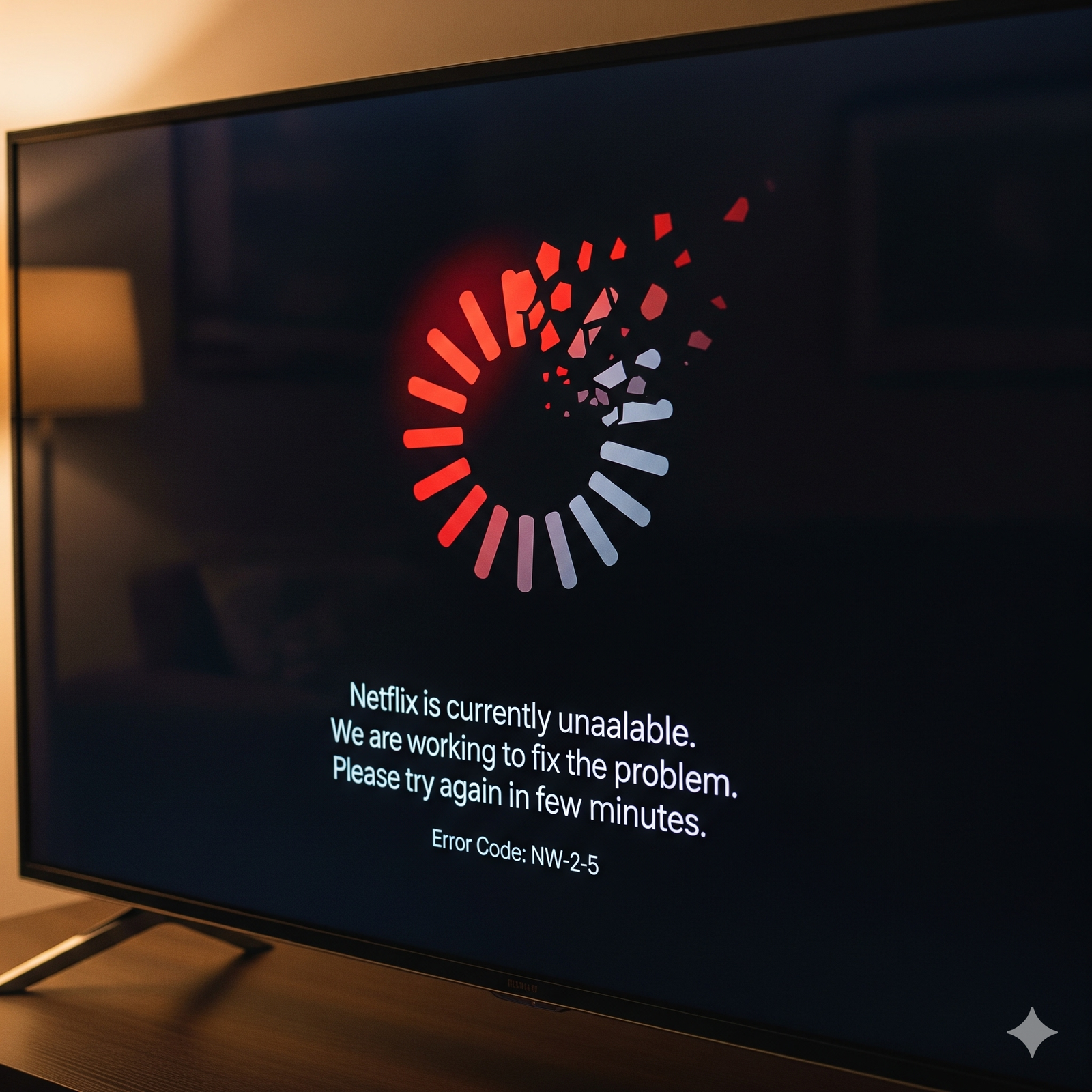Blogging SEO:
The difference between a blog that gets buried and one that attracts loyal visitors often comes down to SEO. Search engine optimization lifts your content so it’s found by the right people at the right time. Strong blogging SEO doesn’t just boost numbers; it helps you build a steady audience and makes every post work harder for you.
Good SEO brings organic traffic, builds trust, and keeps your blog competitive even as trends and platforms change. If you want to grow your audience and reach, treating SEO as a core part of your blogging strategy is a must.

Understanding the Basics of Blogging SEO
First, let’s clear up a few key concepts:
- Keywords: Words or phrases people use to search for information. Think of them as what your readers type into Google to find your content.
- Search Intent: The reason behind a search. Are people looking for answers, products, or inspiration?
- On-Page SEO: The things you can control within each post — like titles, descriptions, headers, and images.
- Off-Page SEO: External signals, including backlinks from other websites, which show search engines that your blog is trustworthy.
Search engines operate like digital librarians. When you publish a new blog post, search bots scan and index your content. They use hundreds of signals to decide how relevant and useful your post is for various search queries.
The way search engines rank blog posts takes into account everything from how well your keywords match what people are looking for to how quickly your page loads. Google shares the basics in their SEO Starter Guide, and you can see more tips for higher rankings at HubSpot’s guide.
Keyword Research for Bloggers
Effective SEO starts before you write a single word. To choose the right keywords:
- Know Your Topic: Start with broad terms tied to your blog’s focus.
- Use Tools: Tools like Google Keyword Planner help you find what people are searching for.
- Assess the Competition: Check which phrases similar blogs rank for.
- Match Search Intent: Are searchers after quick answers, how-to guides, or in-depth reviews?
The goal: find keywords that get decent searches but aren’t impossible to rank for. Building your posts around these phrases helps your content connect with what readers actually want.

On-Page SEO Essentials
Optimizing on-page elements makes it easy for both readers and search engines to understand your posts:
- Blog Titles: Make them clear, clickable, and include your main keyword.
- Meta Descriptions: Write a short summary of your post (under 160 characters). It’s what appears under your link in search results.
- Headings: Use H1 for titles, H2 and H3 for subheadings. Organize your content with a clear structure.
- Images: Always add descriptive alt text. It helps with accessibility and can bring extra traffic from image search.
- Internal Links: Connect related posts. This keeps readers on your site and boosts SEO.
Great on-page SEO is easier than you think—check out these 10 tips for an SEO-friendly blog post from Yoast.
Off-Page SEO and Link Building
Links from other websites act as “votes of confidence” for your content. The more quality sites that link to you, the more trust you build with search engines.
Ways to earn backlinks include:
- Publishing standout resources and guides
- Guest posting on related blogs
- Building relationships in your niche for natural mentions
- Sharing data, infographics, or tools that others want to reference
The focus is on quality. A single link from a trusted site counts more than dozens from places nobody visits.

Practical SEO Strategies for Blog Success
Staying on top of SEO isn’t a one-time job. Consistent effort pays off with stronger results over time.
Crafting SEO-Friendly Content
Write with your audience and search engines in mind. Here’s how:
- Use a clear, logical structure. Intro, sections, conclusion.
- Write short sentences and paragraphs for easy reading.
- Add bullet points or lists where it makes sense.
- Address real questions and problems your readers face.
- Aim for original, useful content — not just what everyone else has posted.
If you’re not sure where to start, Backlinko’s Complete Guide to Blog SEO offers a checklist for optimizing posts.
Technical SEO Considerations for Bloggers
Google rewards blogs that work well for visitors. Pay attention to:
- Site Speed: Fast-loading pages keep people from leaving.
- Mobile Responsiveness: Your blog should look great on any device.
- Secure Connections (HTTPS): Security builds trust and affects rankings.
- XML Sitemaps: They help search engines easily find all your posts.
Improving these technical basics keeps your blog competitive as search algorithms change.
Tracking, Analytics, and SEO Improvements
You can’t improve what you don’t measure. Free tools like Google Analytics and Search Console show how your content performs.
What to track:
- Traffic growth over time
- Which posts attract the most visitors
- How people find your blog (search, social, direct, etc.)
- Bounce rate and time on page
Use these insights to update old posts, improve weak spots, and double down on top-performing topics. SEO rewards steady improvements.
Conclusion
Blogging SEO is the silent engine behind successful blogs. By understanding the basics, choosing smart keywords, optimizing every post, and tracking your progress, you set your blog up for real, lasting growth. SEO isn’t a one-time fix but an ongoing process. Keep learning, stay curious, and adapt as you go. Over time, every post you publish will reach more people — and your blog will stand out from the crowd.
For any queries contact us Here .







